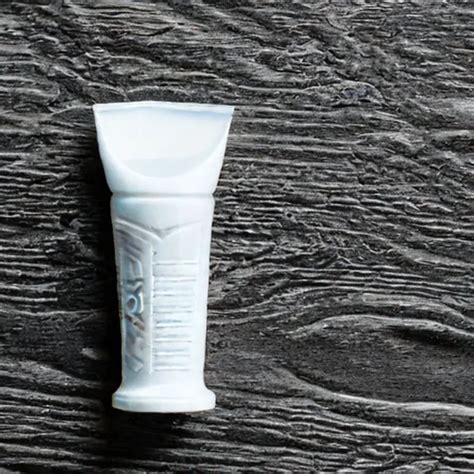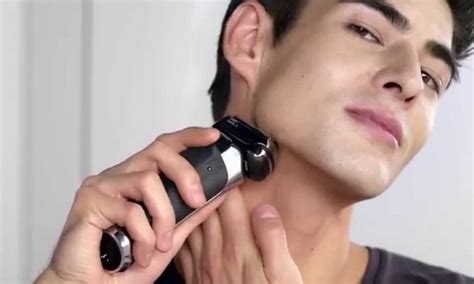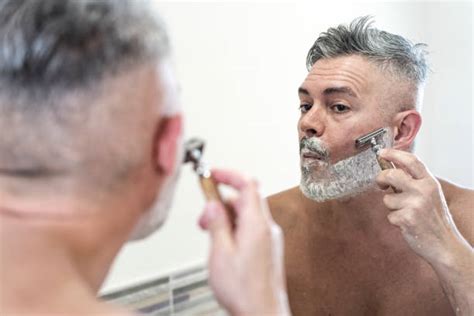How to achieve a consistently irritation-free shave for peak daily performance?

The Foundation of a Flawless Day: Why an Irritation-Free Shave Matters
For many, the morning shave is more than just a routine; it’s a critical first step that can set the tone for the entire day. An irritation-free shave isn’t just about comfort; it’s about projecting confidence, maintaining healthy skin, and eliminating a common source of distraction. Razor burn, ingrown hairs, and nicks can undermine your focus and presentation, impacting your ‘peak daily performance’ from the moment you step out the door. This guide will walk you through the essential steps to achieve that consistently smooth, comfortable shave you deserve.

Step 1: Superior Preparation is Non-Negotiable
The secret to a great shave begins long before the blade touches your skin. Proper preparation softens your beard and primes your skin, reducing friction and the likelihood of irritation.
Warm Water & Exfoliation
- Hot Shower or Warm Towel: Shave after a hot shower or apply a warm, damp towel to your face for a few minutes. The steam opens your pores and softens the beard hair, making it easier to cut.
- Gentle Exfoliation: Use a mild facial scrub 2-3 times a week (not necessarily every day before shaving) to remove dead skin cells. This helps prevent ingrown hairs by ensuring the blade has a clear path to the hair follicle and prevents blockage.
Pre-Shave Oil: Your Skin’s Best Friend
A few drops of high-quality pre-shave oil create a protective barrier between your skin and the razor blade. It adds an extra layer of lubrication, allowing the razor to glide more smoothly and reducing drag and irritation. Gently massage it into your beard area before applying your shaving cream.
Step 2: The Right Tools for the Job
Your shaving arsenal plays a significant role in the quality of your shave. Investing in good tools pays dividends in comfort and performance.

Choosing Your Razor
- Safety Razor: Often lauded for providing a closer, more controlled shave with less irritation, especially for sensitive skin. The single blade design reduces tugging and minimizes skin contact.
- Quality Cartridge Razor: If you prefer cartridge razors, opt for ones with fewer blades (2-3 instead of 5-6) and a flexible head. More blades can mean more passes over the skin, increasing irritation.
- Sharp Blades are Non-Negotiable: A dull blade tugs and pulls, causing razor burn and nicks. Replace cartridge blades every 5-7 shaves, or single-edge blades in a safety razor after 1-3 uses, depending on your beard thickness and frequency of shaving.
Premium Shaving Cream or Soap
Ditch the aerosol foams. Opt for a rich, hydrating shaving cream or soap that creates a dense, protective lather. A good lather lifts the hairs, provides lubrication, and moisturizes the skin. Apply with a shaving brush for best results, as it helps exfoliate and create a fuller lather.
Step 3: Master Your Shaving Technique
Even with the best preparation and tools, poor technique can lead to irritation. Patience and precision are key.
Shave With the Grain, Then Across
Always start by shaving with the grain (in the direction your hair grows). This is the least irritating pass. If you need a closer shave, re-lather and then shave across the grain (perpendicular to hair growth). Only shave against the grain if your skin can tolerate it, and only as a final, light pass for areas where you truly need a baby-smooth finish.

Light Pressure, Short Strokes
Let the razor do the work. Apply minimal pressure; pressing too hard is a primary cause of razor burn. Use short, controlled strokes (about 1-2 inches) and rinse your blade frequently to prevent clogging and maintain efficiency. Stretch your skin taut with your free hand to create a flat surface for the blade.
Step 4: Post-Shave Perfection: Soothe and Protect
The moments immediately after shaving are crucial for calming your skin and preventing post-shave irritation.
Cold Water Rinse
Immediately after shaving, rinse your face thoroughly with cold water. This helps to close your pores, tighten the skin, and soothe any potential irritation caused by the blade.
Aftershave Balm, Not Alcohol
Avoid alcohol-based aftershaves, which can dry out and irritate freshly shaved skin. Instead, opt for a soothing, hydrating aftershave balm that contains ingredients like aloe vera, witch hazel, or shea butter. These ingredients calm the skin, reduce redness, and prevent dryness.

Moisturize Your Skin
Even after using a balm, follow up with a good quality, non-comedogenic facial moisturizer. This step is essential for maintaining skin hydration and elasticity, keeping it healthy and resilient for future shaves.
Step 5: Maintenance for Consistent Results
To ensure every shave is irritation-free, consistent maintenance of your tools and routine is vital.
- Clean Your Razor: After each use, rinse your razor thoroughly under hot water to remove all hair and shaving cream residue. Store it in a dry place to prevent bacterial growth and extend blade life.
- Store Blades Properly: If using a safety razor, remove the blade, rinse, and let it air dry before reassembling or storing.
- Regular Blade Replacement: As mentioned, replace your blades frequently. This is the single most impactful maintenance step to prevent irritation.

Conclusion: Embrace the Art of the Perfect Shave
Achieving a consistently irritation-free shave is an art that combines preparation, the right tools, meticulous technique, and diligent aftercare. By integrating these steps into your daily grooming ritual, you’ll not only banish razor burn and ingrown hairs but also elevate your daily performance with a foundation of comfort, confidence, and impeccably healthy skin. Invest the time, and reap the rewards of a truly peak start to every day.







